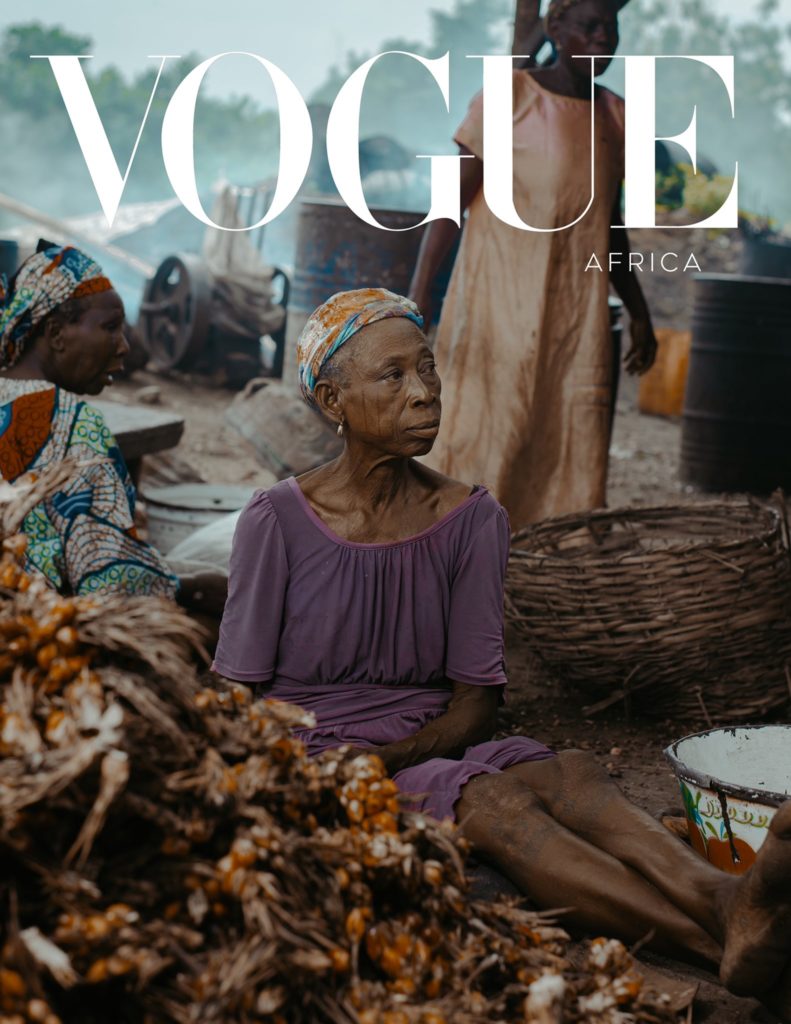
Diversity in fashion is the opposite of yin and yang, the imbalance of how the industry operates influences how ad campaigns are run, magazine covers, and the talent featured on runways. The demand for more inclusiveness for black people and people of color in the industry began ages ago; Naomi Campbell is amongst the early supermodels who evoked some changes in the 90s, such as becoming the first Black model to appear on the cover of French Vogue. In September 2013, Naomi and former models Bethann Hardison and Iman joined forces to launch Balance Diversity, a campaign to promote the visibility of black models.
New-age supers advancing the call for diversity, ranging from models like Anok Yai ( Egypt), Adut Akech (South Sudanese), Nyadak “Duckie” Thot ( Australia) and Nyakim Gatwech (Gambela). In a Vogue exclusive ‘9 Models on Racism & Privilege in the Modeling Industry’, Anok Yai alongside Adesuwa Aighewi explained their struggles as “Black” models, rather than simply models, as well as how they grew into pioneers of their race for the very color of their skin. Another noteworthy conversation is that of the discrepancies in the beauty departments on set. Black models are often forced to style their own hair, as non-POC hairstylists lack training with textured hair. Furthermore, it is widely reported that models frequently apply their own makeup as well. This issue is twofold, in that both makeup brands and artists are complicit in ostracizing one of the largest consumers bases of the beauty industry.

The recent #VogueChallenge drew creatives from all around the world, displaying their interpretations of the legacy publication’s cover. The stunning images are not surprising, as the talented photographers behind these works are some of the most daring and outstanding portfolios. Bodies of work that not only rival top photographers but, in many cases, out skill their more notable counterparts. The viral challenge took Twitter by storm after an Oslo-based student, Salma Noor, shared an alternative cover of herself under the headline, ‘Being black is not a crime’ – inspired but the Black Lives Matter protest that rose during the COVID-19 pandemic.

The challenge turned the spotlight on to aspiring models, photographers and content creators from all across the globe, some of which grabbed the attention of Vogue Arabia and the iconic British Vogue, showcasing a selection of the submission on its Instagram and in its digital magazine.

Models influence what we wear and how to style those garments. They are key drivers of the apparel, products, and accessories designers release each season. Runway shows and fashion films inspire enthusiasts to buy them items your favorite models prance around it; consumers want to look just as stylish as they are. Now, there is a surge in virtual models, which poses another potential threat to an already unstable and unfair industry.
Models have a natural power of influence. In terms of the narratives, they frame for brands and as walking marketing campaigns that reach the masses just as quickly as the paparazzi snaps a photo. For models of color, the journey has not been smooth. It is time to truly diversify the industry and provide equal opportunity and pay for Black models.

